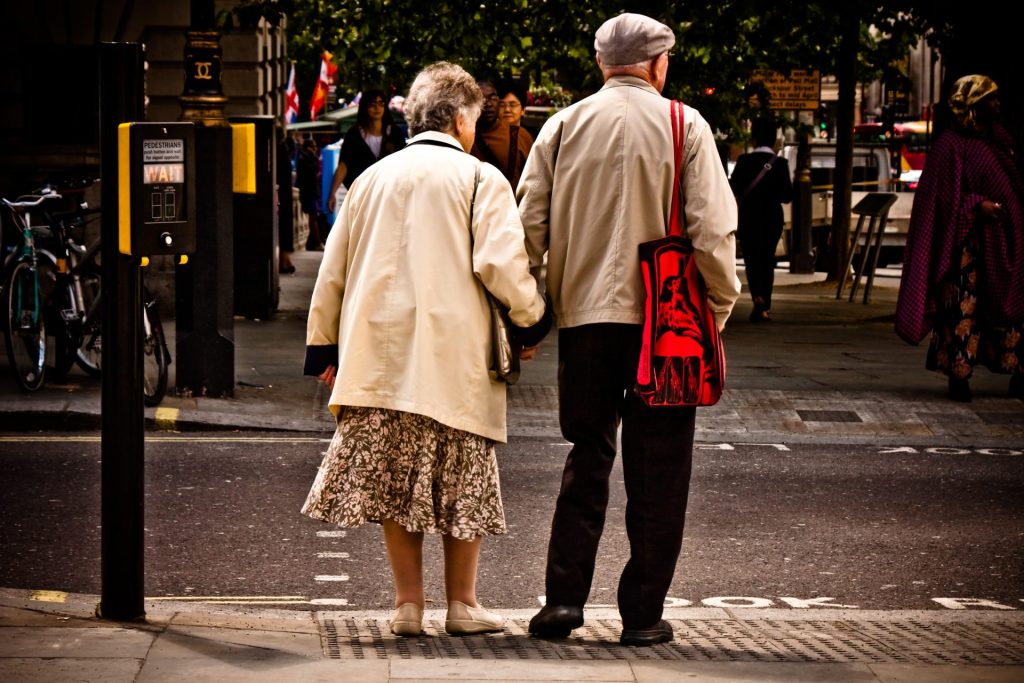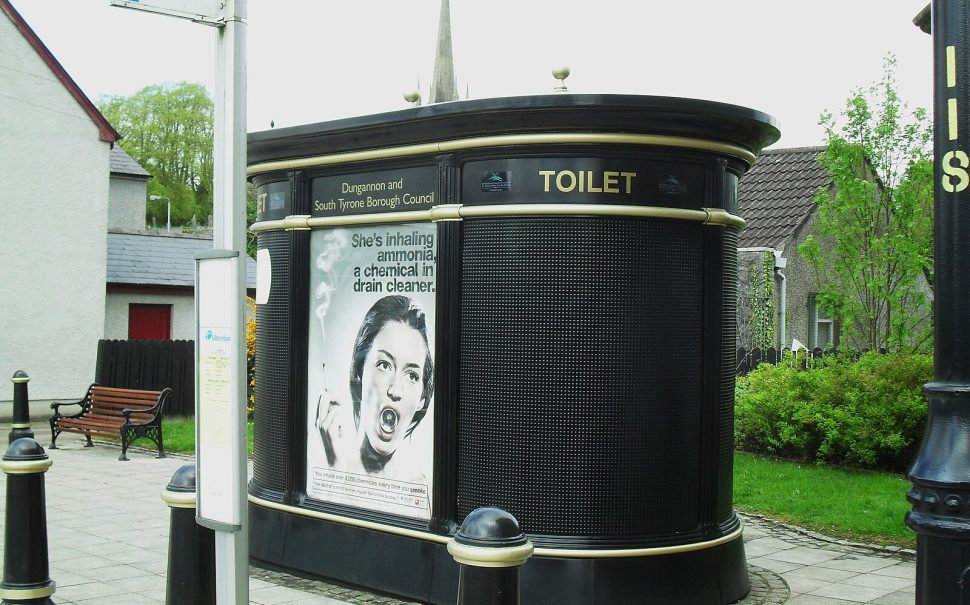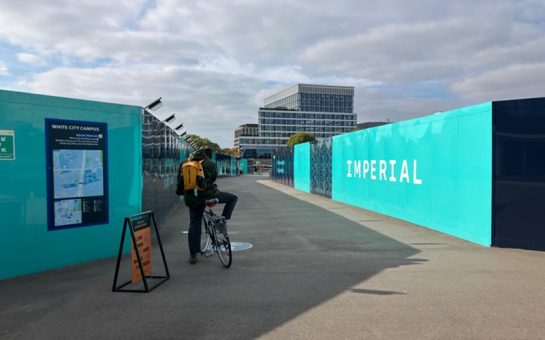Public toilets in some of London’s boroughs could go extinct by 2028, a recent study has forecasted.
The Plumbing company, Victorian Plumbing, collected data using FOI requests and the Great British Toilet Map to forecast the extinction of loos in London.
Their data shows Hammersmith and Fulham are set to lose loos by 2028, with Lewisham, Harrow, Hounslow and Merton public toilets set to die out in 2039.
Victorian Plumbing Senior Marketing Executive Brenna Ryan said: “Although we expect to see public toilets in and around our towns and cities, the councils are not legally required to provide toilets for the public.
“As government budgets decreased, councils have had to look at ways of reducing costs, one of which is to reduce the number of public toilets.”
Public toilets have gone down by a third with 6087 public toilets in the UK in 2020 compared with 3990 in 2021.
Victorian Plumbing data predicts Britain could see these loos completely extinct by 2105 at the rate it’s going.
Such a decline in public facilities presents a potential concern for public health and well-being.
Ryan added: “Not only are public toilets an essential part of communities, allowing people to be outside for longer, therefore supporting physical activity, they are also essential for public health.”
In 2022, Age UK London released a survey of older Londoners about what they thought about public toilet provision in the boroughs where they lived.
The report found that 81% of Londoners said public toilets in the borough where they live were bad while 52% said they reduced the amount they drank before going out.
Ryan said: “The lack of public toilets significantly affects vulnerable members of our society, with the elderly, pregnant people, or those with specific medical conditions often in need of these facilities the most.
“The reduction of public toilets can impact their mobility, forcing many to think twice before leaving their homes. This diminishes the quality of life and pushes them towards isolation.”
The report, which surveyed 637 Londoners, also found that 90% considered whether a public toilet will be available when they leave home.
Head of Age UK’s London Loos campaign, John McGeachy, said: “In terms of long-term consequences we could see a rise in social isolation and see potential risks for people’s health, for example people not drinking as much water as they would like to.
“The risk is that they become dehydrated which is linked to lots of different health conditions from dizziness and collapsing and also being more vulnerable to infection.”
The root cause of toilet extinction has not been precisely pinpointed, however, a number of factors have been suggested — strained council budgets, growing private sector provisions, misuse of existing facilities and the difficulty maintaining them.
The alternative for many is to use toilets in business such as pubs, cafes and restaurants.
However, such businesses operate on a customer only policy, reducing accessibility for everyone.

McGeachy said: “They disadvantage some people more than others, of course with the cost of living crisis some people can’t afford to buy a coffee just to use a toilet, and besides that’s the last thing you want.
“We need better public toilet provision to have a kind of inclusive, welcoming society that everyone can benefit from; especially those with certain health conditions, recovering from prostate cancer, diabetes or living with a kidney illness.”
One suggested alternative to public toilet infrastructure is a Community Toilet Scheme (CTS) wherein businesses are provided with small grants to open up their toilet facilities to the public.
While campaigners like McGeachy believe they can make a significant positive difference, he is wary of claiming CTS’s are the panacea for public toilets.
McGeachy said: “I don’t think they are going to completely solve the issue alone — many businesses close at five o’clock in the evening, and you might have one part of the borough which has lots of toilets where another has almost none.”
McGeachy’s caution is shared by Julie Matthers, campaigner for Loos for Merton, a group aimed at tackling toilet provisions in the borough.
Matthers said: “I think the main thing about community toilet schemes is they will only work if councils are fully engaged with it as a scheme in terms of encouraging participation, promoting it, monitoring it, making sure it works, and publicising it so people know about it.”
For Matthers the problem is that it depends not only on corporate attitudes, but the attitudes of local staff.
Matthers added: “Obviously, your average barista doesn’t want to spend the day cleaning toilets.
“It’s something that if people participated as a civic, private community, then the burden on each individual business would be lessened because they wouldn’t have that many people asking you to use their facilities.”
Despite the data, campaigners believe the fight for toilets is not yet over — the work of Age UK London’s 2022 survey and their campaigning aims to move the issue of public toilets up the agenda across London.
Victorian Plumbing started a petition to keep public toilets that has reached 2,400 signatures so far and can be found here.
The Department for Levelling Up, Housing and Communities has been approached for comment.
Featured Image: Public toilet, Caledon by Dean Molyneaux





